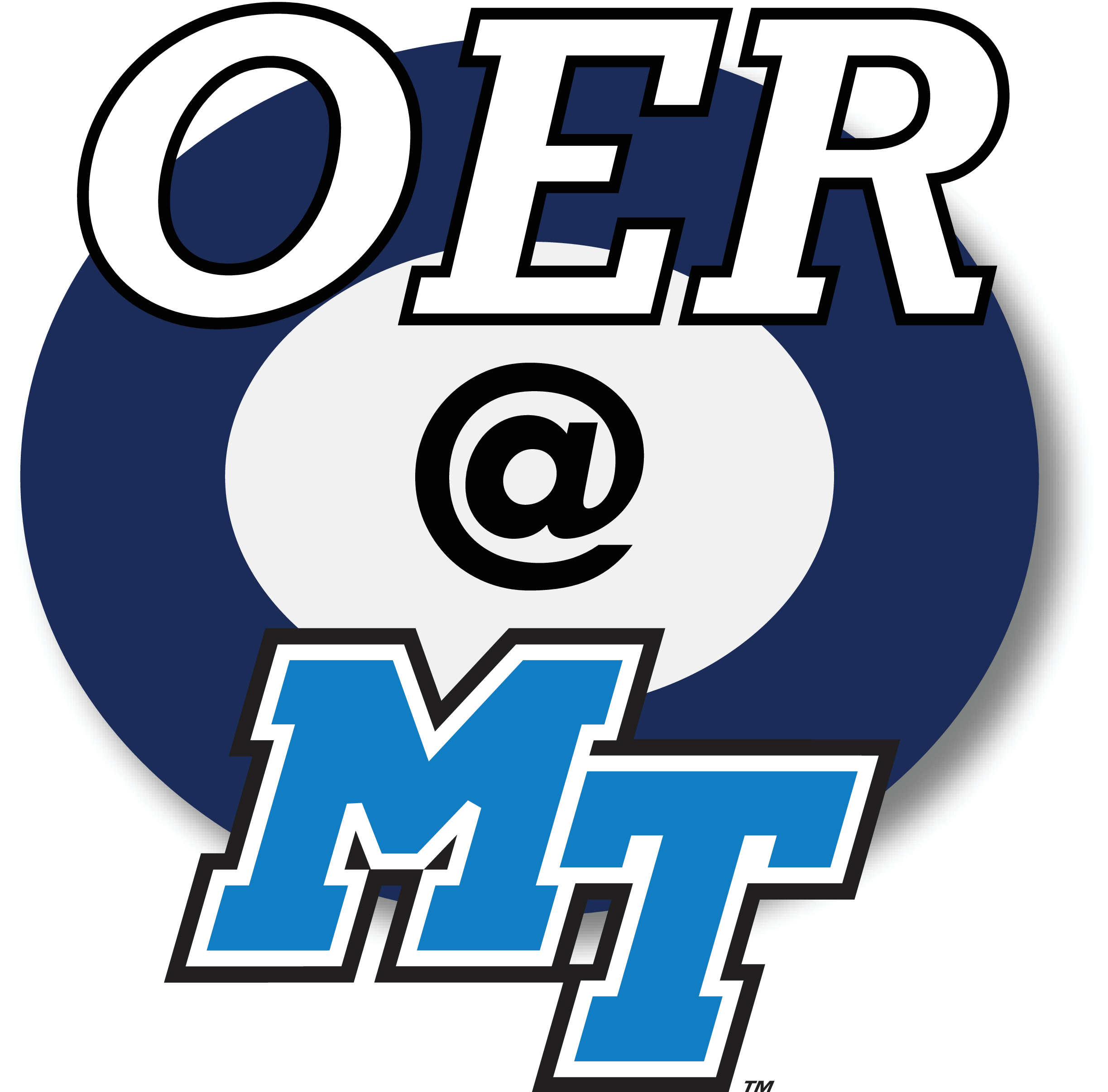Remediation and Delivery
What happens when writing moves beyond the page?
In this section, we shift to Delivery—a key part of the composing process that asks you to think about how your message reaches others. These chapters focus on remediation (the process of adapting your ideas into new formats), and multimodality (the intentional blending of text, image, sound, space, and movement). While every piece of writing already uses multiple modes (think of font choices, headings, or spacing), this section challenges you to be purposeful in how you design your work for particular audiences and contexts. Whether you’re building a visual presentation, designing a research poster, or experimenting with new forms, you’ll be invited to explore how rhetorical effectiveness depends not only on what you say—but how you say it.
We begin with Researching Rhetorical Forms and Delivery by Jennifer Clary-Lemon, Derek Mueller, and Kate L. Pantelides. This chapter invites you to consider alternative ways to deliver your research, such as through public talks, performances, posters, or other multimodal presentations. The authors explore the rhetorical choices that shape delivery, encouraging you to think beyond the traditional research paper and toward genres that connect more dynamically with audiences.
In An Introduction to and Strategies for Multimodal Composing, Melanie Gagich provides a practical and accessible overview of multimodal composition. She defines key terms, introduces the five modes of communication (linguistic, visual, aural, spatial, and gestural), and shares concrete pre-drafting and drafting strategies to help you create meaningful multimodal texts.
Kate L. Pantelides and Erica M. Stone continue this conversation in Writing Multimodally, where they focus on the rhetorical decisions involved in crafting multimodal projects. This chapter encourages you to think about purpose, audience, and design, offering insight into the flexible and creative thinking that multimodal work requires.
Jenae Cohn’s Understanding Visual Rhetoric helps you develop a vocabulary for interpreting and producing visual texts. Through clear examples, she explains how images carry persuasive power and how visual choices can support or undermine your message.
In Beyond Black on White: Document Design and Formatting in the Writing Classroom, Michael J. Klein and Kristi L. Shackelford highlight how design and formatting are not just decorative elements, but central rhetorical features. This chapter offers a crash course in document design and introduces strategies that will help you make thoughtful visual choices in both academic and professional genres.
The final chapter in this section describes MTSU’s Celebration of Student Writing (CSW). The CSW highlights the diversity of genres, media, and delivery methods students have used to share their research with real audiences—demonstrating how writing can come alive in public spaces and multimodal formats.

